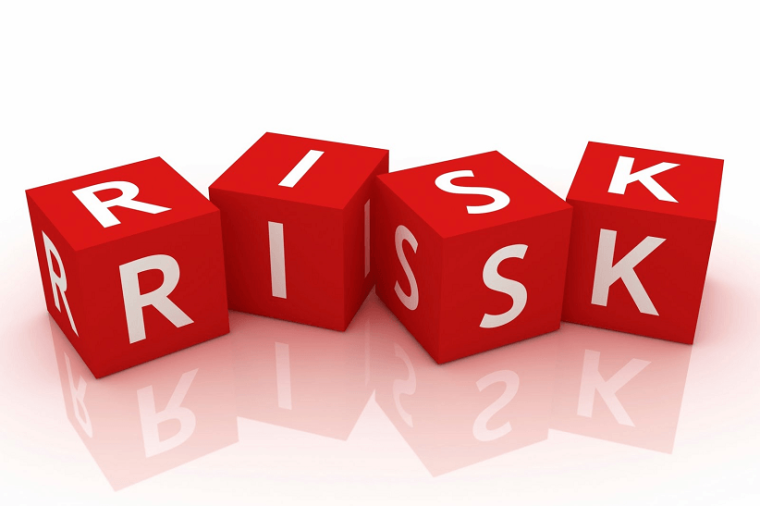Risk Analysis is the process of linking the likelihood of an occurrence with the severity of harm of that same occurrence.
There are three fundamental questions for clearly defining the risk of an occurance:
- What might go wrong?
- What is the likelihood or probability that it will go wrong?
- How severe are the consequences should it occur)?
Quality risk assessment is performed in but not limited to the following systems:
- Critical issue is identified e.g. in an investigation, complaint, audit findings.
- Change to a critical piece of equipment whereby the change could have a GDP impact.
- Other activities as deemed necessary by the Quality Manager or RP.
Store-All Quality Risk Management (QRM) Process is in compliance with ICH Q9.
The Risk Assessment tools used are as follows:
- Basic risk management facilitation methods
- Failure Mode Effects Analysis (FMEA)
- Failure Mode, Effects and Criticality Analysis (FMECA)
- Fault Tree Analysis (FTA)
- Hazard Analysis and Critical Control Points (HACCP)
- Hazard Operability Analysis (HAZOP)
- Preliminary Hazard Analysis (PHA)
- Risk ranking and filtering
- Supporting statistical tools
